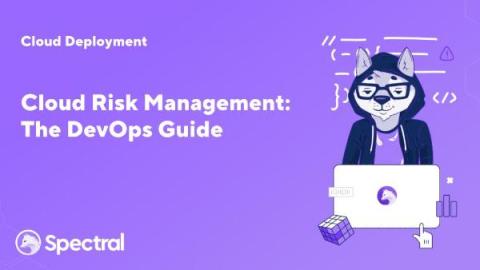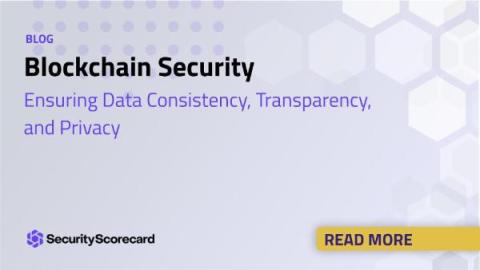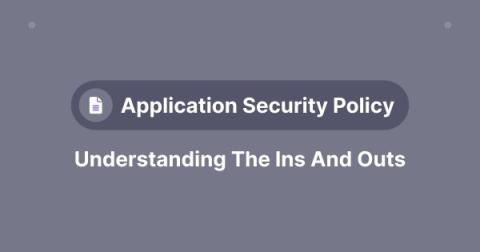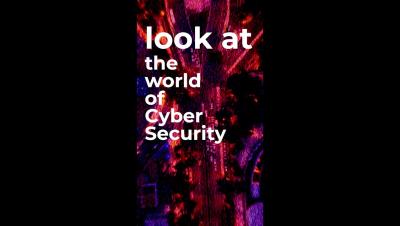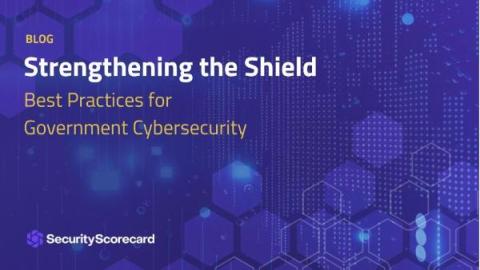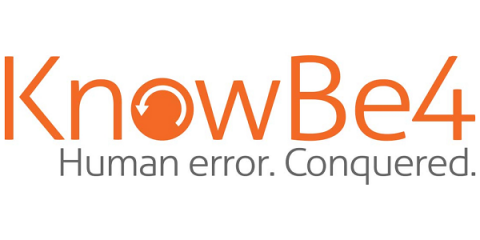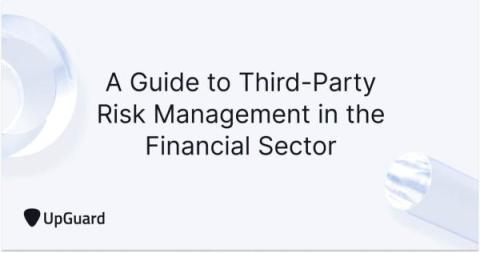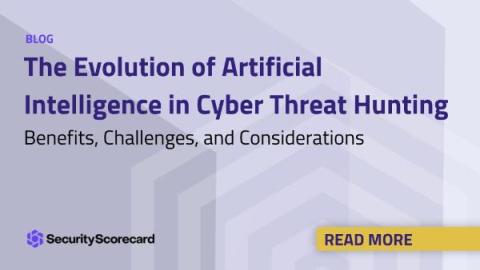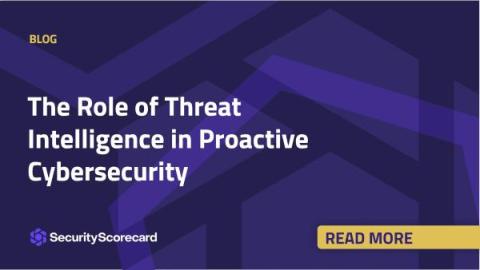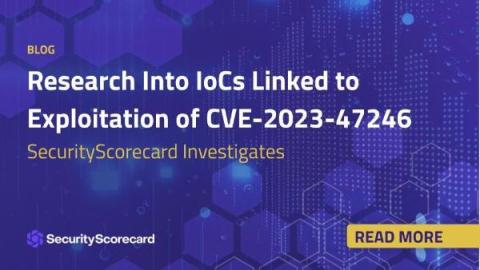In-Depth Review: How SecurityScorecard Stacks Up Against UpGuard in 2024
In the dynamic world of cybersecurity, choosing the right platform can be pivotal for an organization’s digital safety. As we delve into 2024, two major players, SecurityScorecard and UpGuard, continue to make waves. This in-depth review compares these two companies and highlights how SecurityScorecard’s offerings often outshine those of UpGuard.








